
North American Leaders Must Look Beyond Their Borders to Manage Regional Migration
When the North American leaders of Canada, Mexico and the United States meet on January 10, the thorny issue of migration will undoubtedly be a hot topic of discussion.... Read more.
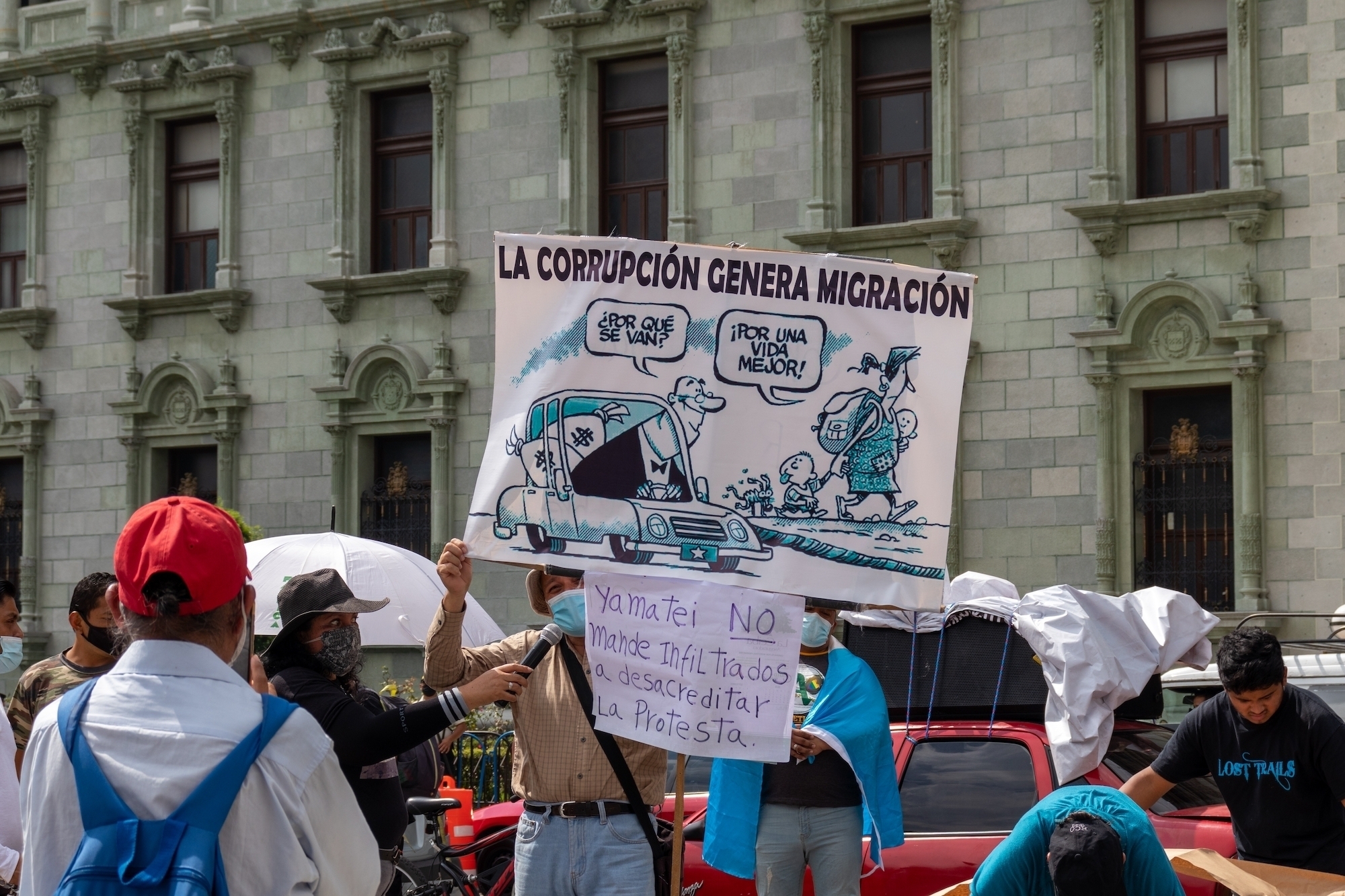
Institutional and Political Drivers of Migration in Central America
When Central American migrants are asked why they decided to leave their countries, they give a variety of responses; they’re seeking better economic opportunities,... Read more.
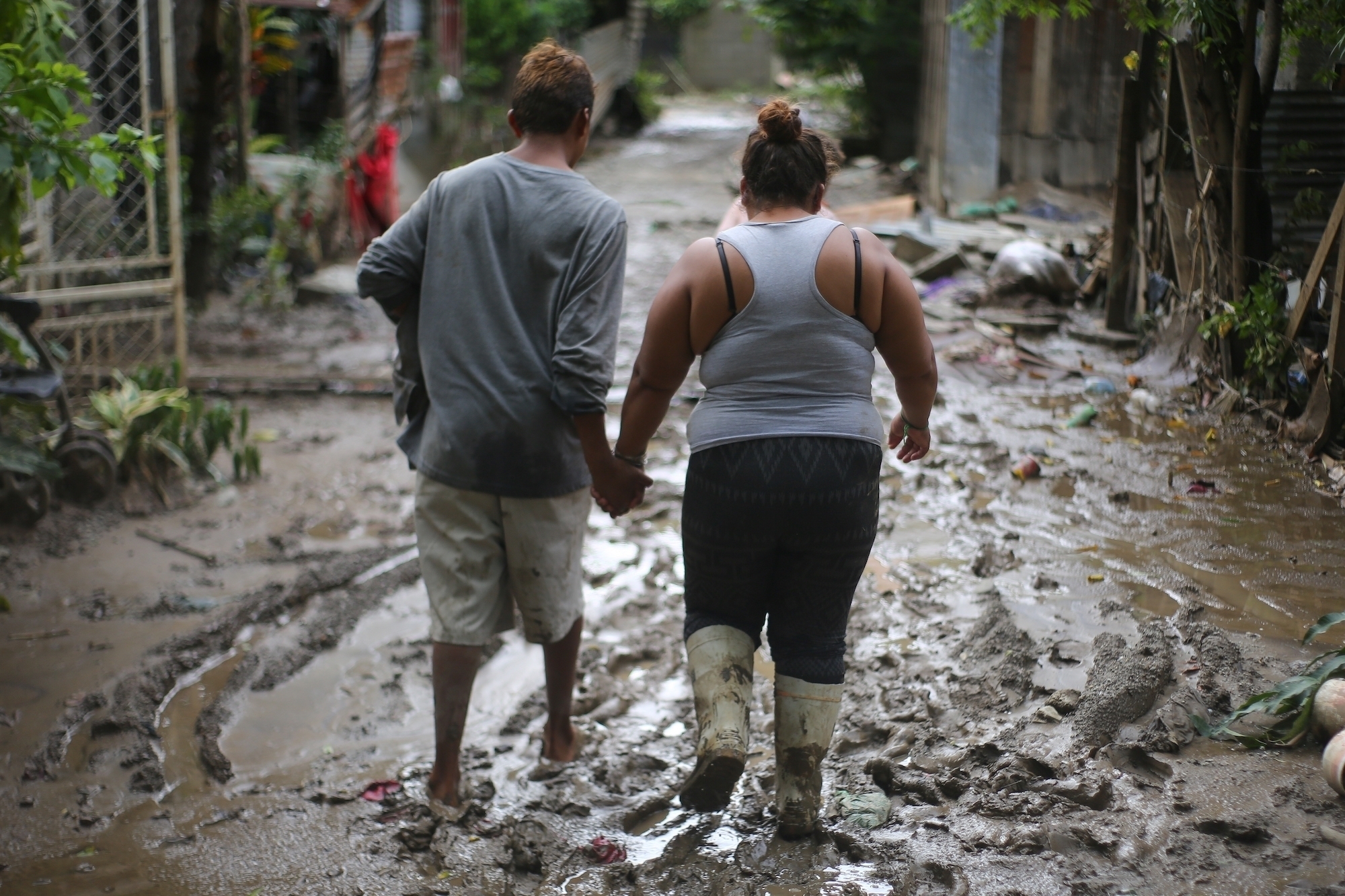
Economic and Environmental Drivers of Central American Migration
Most Central American migrants cite economic conditions as a reason for their decision to leave their countries. For some it is the only reason: they migrate because... Read more.

Reducing Irregular Migration from Central America Through Alternative Regular Migration Pathways
The short answer to the question of why so many Central Americans are setting off on dangerous irregular migration journeys is stunningly simple: because there... Read more.

Regional Cooperation and Co-Responsibility
This report from the North and Central American Task Force on Migration outlines concrete recommendations for a comprehensive regional approach and governance architecture... Read more.

Climate Migrants Can’t Wait for Global Frameworks
World Refugee & Migration Council Vice-President of Research Elizabeth Ferris wrote about the relationship between climate change and human mobility in the Wilson... Read more.
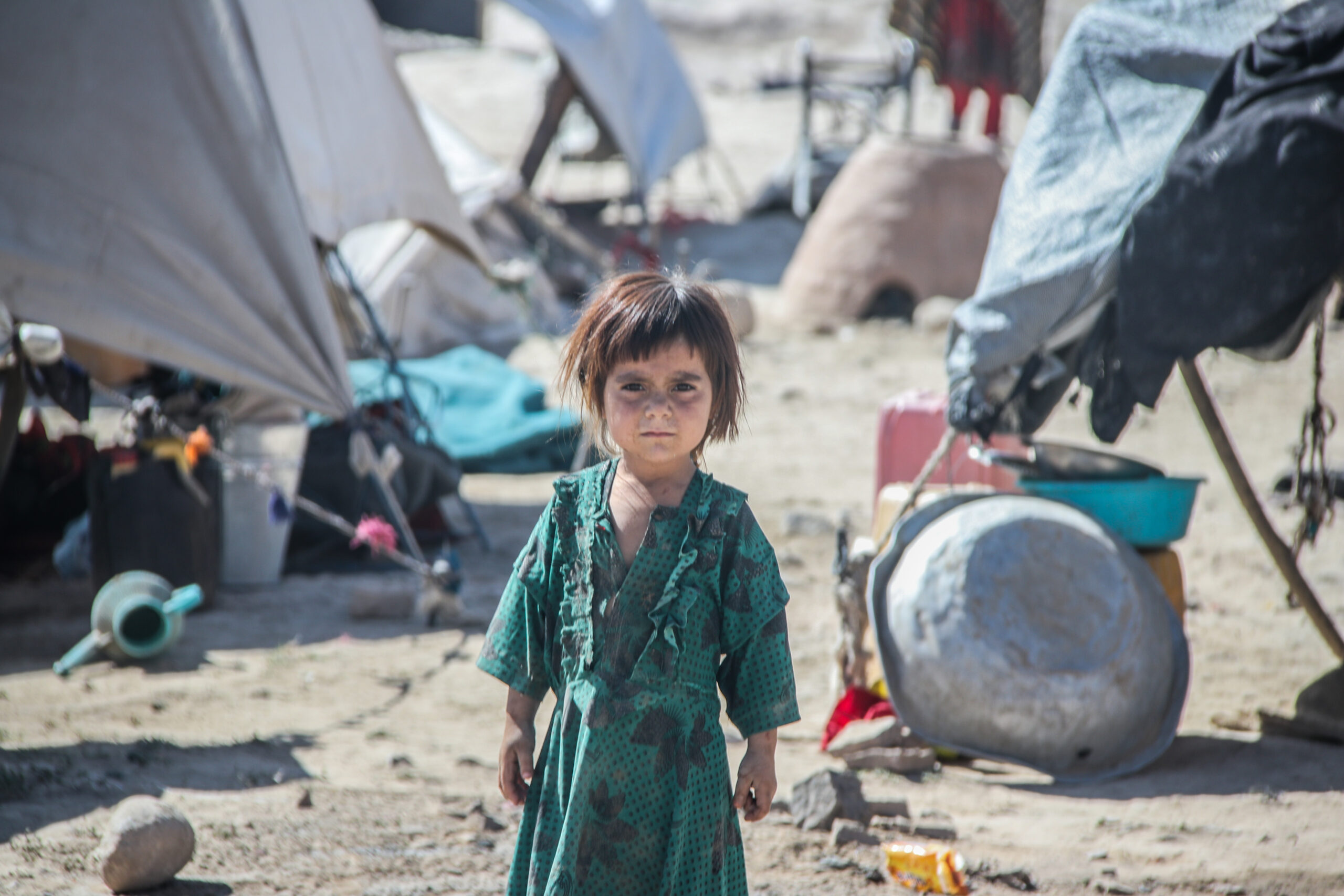
The evacuation of Afghan refugees is over. Now what?
This article was originally published by The Brookings Institution The dramatic scenes from Kabul Airport of desperate Afghans seeking to escape reverberated around... Read more.
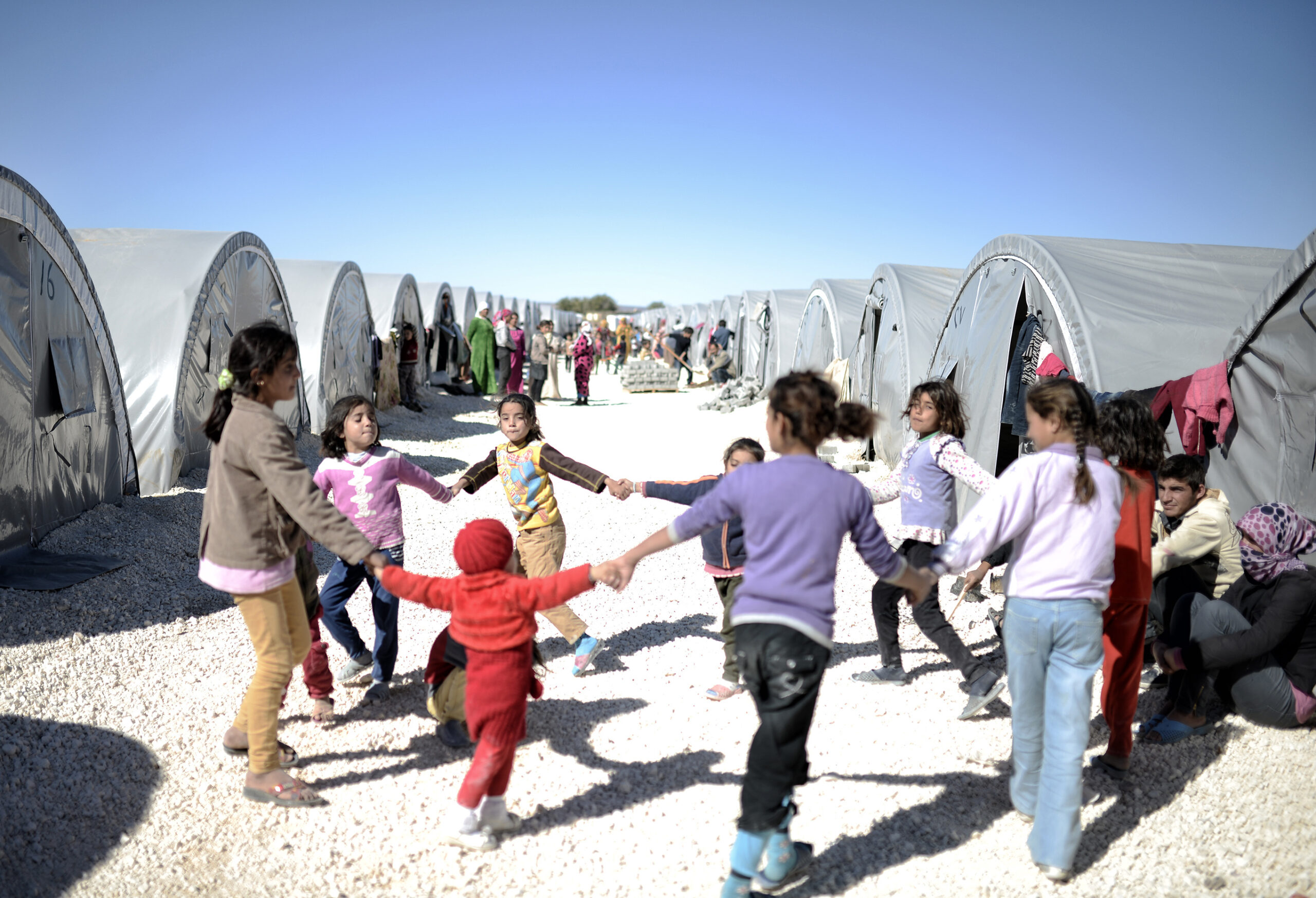
When welcome wears thin: bolstering support for countries hosting Syrian refugees
By Elizabeth Ferris and Diana Rayes Well over half of Syria’s 17 million population are now displaced: 7 million inside Syria and another 6.7 million as refugees,... Read more.
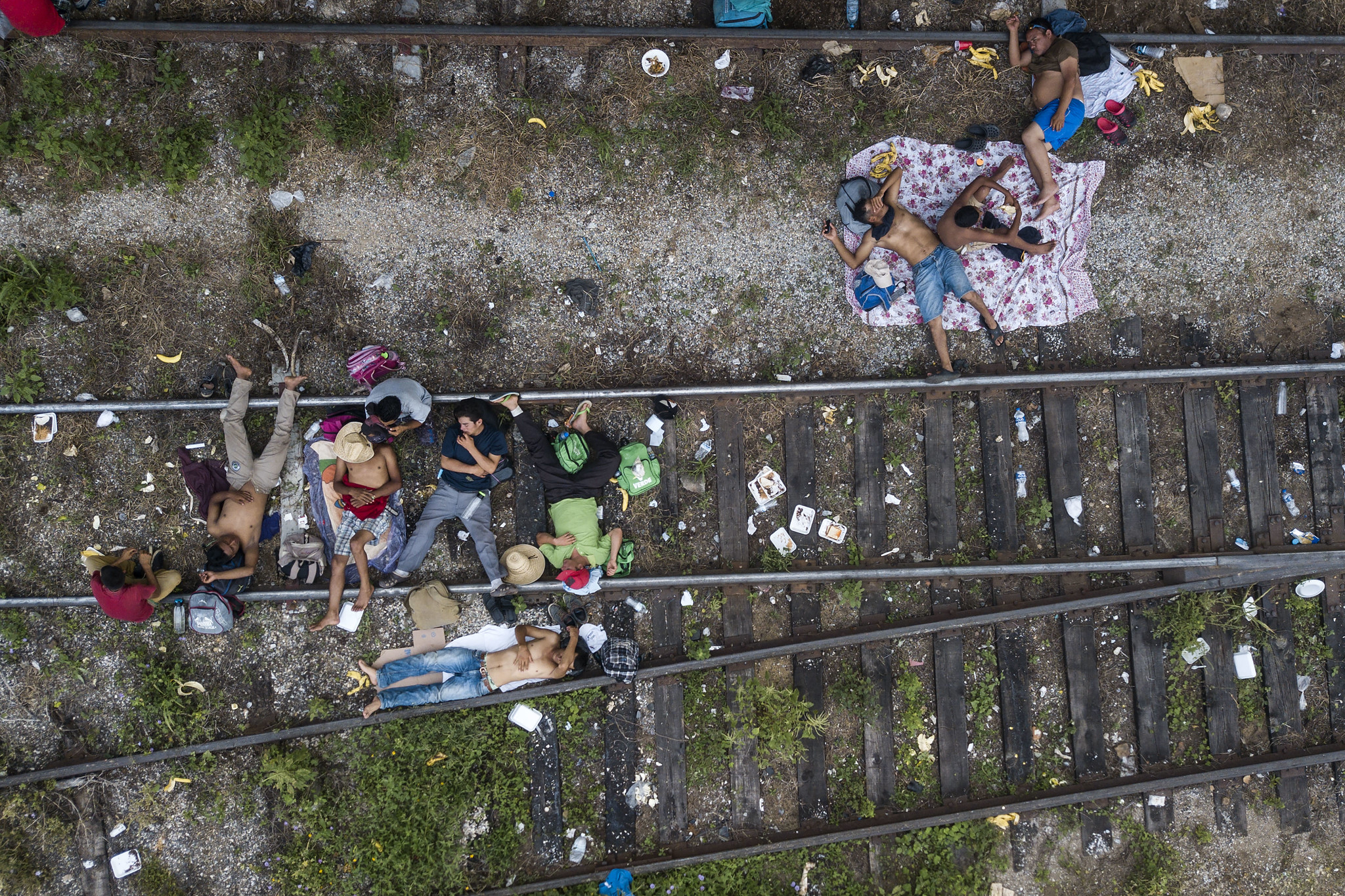
Humanitarian Protection in the Region: A State of Emergency
This report from the North and Central American Task Force on Migration highlights the urgency for comprehensive and coordinated regional responses to address the... Read more.
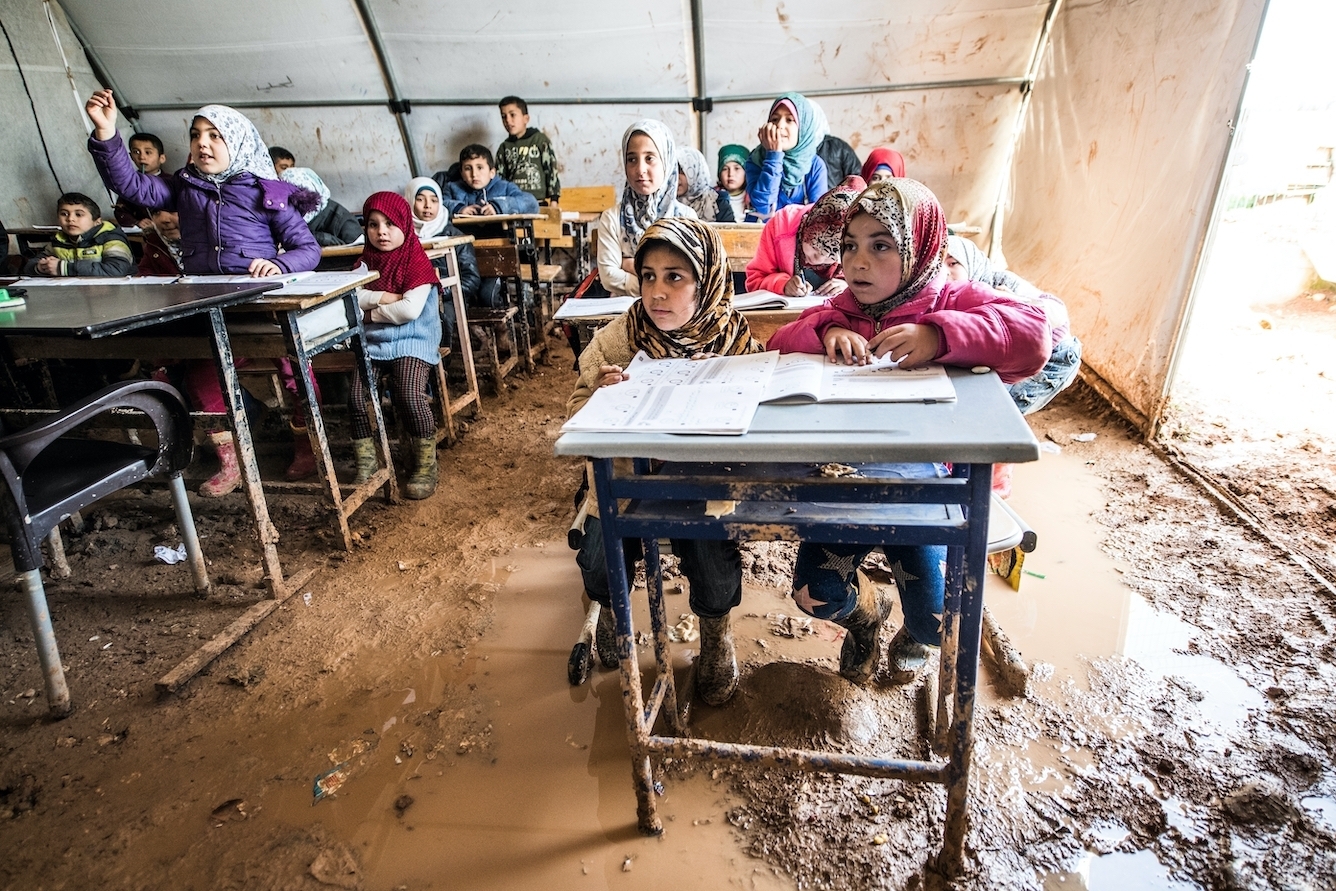
On International Day of Education – don’t forget about refugees!
Education is important to all children, but for refugee children schools provide not only learning opportunities but also safe spaces and a semblance of normalcy... Read more.